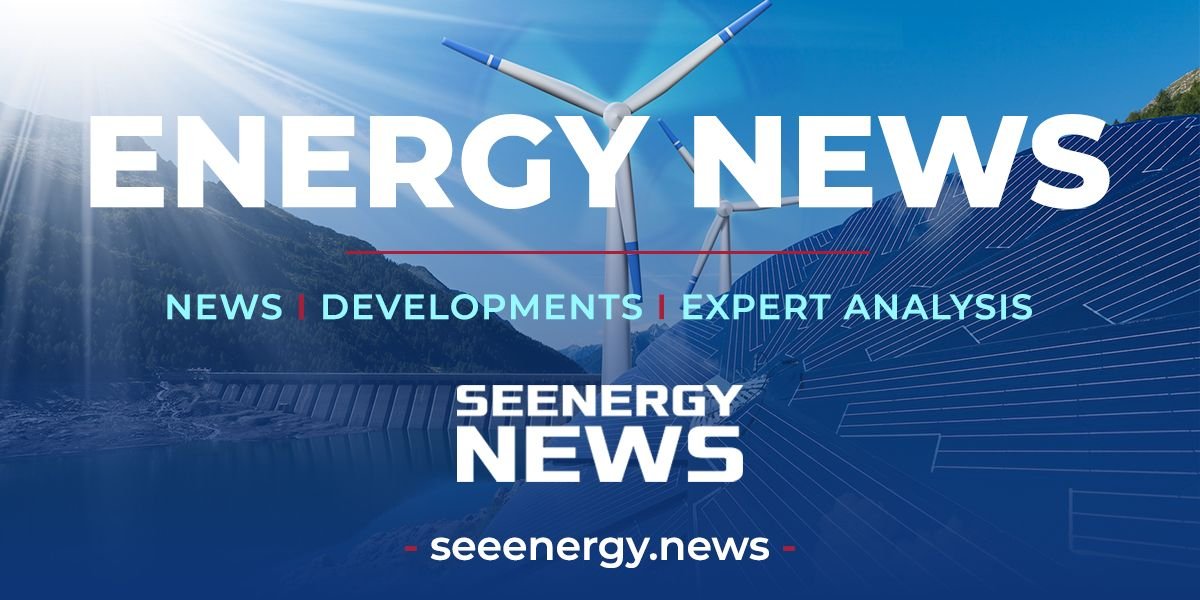The Serbian Ministry of Mining and Energy is currently assessing three capacity options for the Djerdap 3 pump-storage hydropower project, with the feasibility study nearing completion. Veljko Kovacevic, State Secretary at the Ministry, stated that an additional component, a market simulation, is expected to be finalized within a month. This simulation will provide insights into the financial implications of the new pump-storage hydropower plant on the long-term operations of the existing HPP Djerdap 1.
In March, the Ministry announced the completion of both the hydrology study and preliminary feasibility study for the Djerdap 3 project. While a capacity of 2,400 MW was initially proposed, Kovacevic indicated that three options are now under consideration: a 1,400 MW plant to meet national needs, an 1,800 MW plant aimed at regional impact, and the 2,400 MW option, which would significantly reshape the energy landscape of the broader region.
Pump-storage hydropower plants have become increasingly important in recent years due to their ability to store energy, facilitating the integration of renewable energy sources. Serbia is also planning to construct another pump-storage facility, the 680 MW Bistrica.
HPP Djerdap 3 will be situated on the Danube, at the border with Romania, necessitating Romanian involvement in the project’s preparation. Former Yugoslavia and Romania previously collaborated on the construction of HPPs Djerdap 1 and 2.
Romania has expressed interest in potentially holding a 50% stake in HPP Djerdap 3. However, Romanian Energy Minister Sebastian Burduja stated in early August that Romania will closely monitor the project’s developments, emphasizing that the new facility must not jeopardize existing production at HPPs Djerdap 1 and 2 (referred to as Iron Gate in Romania).










